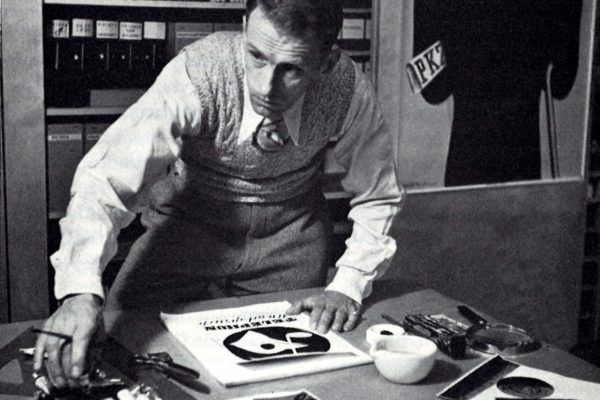
Niklaus Stoecklin
Niklaus Stoecklin exhibited exceptional artistic talent from a young age, and after abandoning an apprenticeship as a flat painter, he was introduced to oil painting by his uncle, the painter Heinrich Müller. Stoecklin attended the Kunstgewerbeschule in Munich in early 1914, but returned to Switzerland at the outbreak of World War I. He continued his training at the Allgemeine Gewerbeschule Basel with Burkhard Mangold for a short time, and in 1914 he designed his first poster and experienced early artistic success. With his precise style, which captures the materiality of objects, Stoecklin is one of the main representatives of New Objectivity painting. He was the only Swiss artist represented in Georg Hardlaub's famous Mannheim exhibition Neue Sachlichkeit in 1925, which gave the new style its name. After 1945, Stoecklin's fame as a painter was overshadowed by the dominance of abstraction, but his work was rediscovered in the 1970s as interest in New Objectivity painting was renewed. Stoecklin's poster oeuvre, which includes 116 works, was secured by commissions from book illustrations, postage stamps, and the advertising industry of the interwar years. His precise and factual rendering of things ideally suited the needs of the time, and his influence on subsequent poster designers such as Herbert Leupin, Donald Brun, and Peter Birkhäuser was significant.
Years:
Born in 1896
Country:
Switzerland, Basel
Gallery: